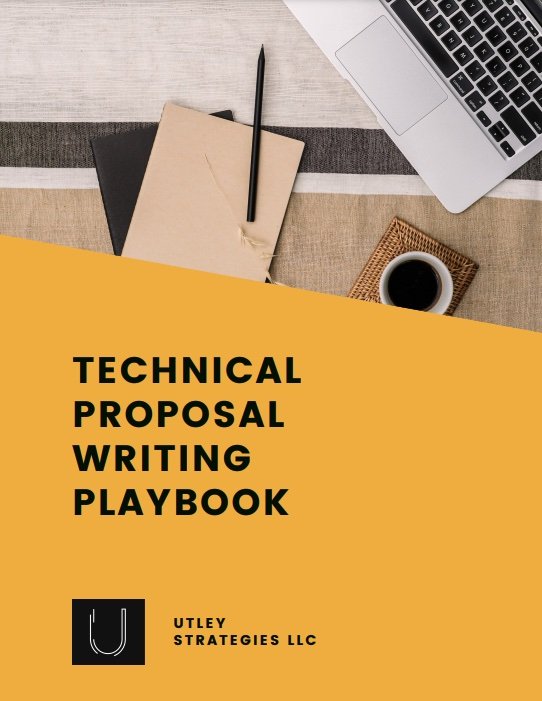4 Best Ways to Automate Proposals, Save Time, and Win
No matter the company, one of the biggest complaints regarding proposals is the amount of time it takes to create a good one. Loopio’s 2021 study indicated that on average, companies spend about 23 hours per RFP response. With this much time going into a project that often has low win rates, any enterprising company will think through how to automate this process and save time. Below are four popular ways to automate your proposal process so you can spend less time creating proposals and more time focused on other priorities.
Outside Proposal Help
If you create proposals very infrequently (or never have before), then working with a proposal writing consultant or company can help you to approach those proposals with a holistic strategy and save you many headaches when creating the content. When responding to an RFP, make sure you work with someone who has experience with that type of RFP. For example, if you are responding to a federal government RFP, anyone you bring in should have experience working with federal government RFPs.
By working with an outsider, you benefit from an outside perspective and a streamlined process. Since this is their specialty, they will be able to help you to create a proposal more efficiently, advise on any tricky questions, and provide guidance on how to position your company to win. At the end, you will receive a proposal that can be submitted directly to the client, and any content they help you create can be reused for future proposals.
Proposal Template
Creating an easy-to-use and repeatable proposal template is a key first step to streamlining your proposal process. Even if you only send out proposals a few times a year, having a template on hand that is styled according to your company’s brand and contains key pieces of content can help to streamline your process.
If you currently rely on recent proposals as a starting point for the next one, then it’s time to update your proposal template to include most of the content you need for a new request. One way you can do this is by including common content within your proposal. For example, key resumes, company history, qualifications, and examples of past projects are sections that are often requested in RFPs. Add these to your template so the content is there as soon as you start a new proposal. Just make sure that you reorder the content per the RFP’s requirements and update it to speak directly to that specific customer.
Proposal Software
If you respond to RFPs or create proposals frequently, then investing in some type of proposal tool can save you a significant amount of time and headache. Proposal tools should allow you to store key content in your content library, create a proposal template, and insert content from the library into specific sections of your proposal. Some proposal softwares even allow you to upload an RFP and create an outline based on the RFPs requirements. Examples of popular proposal softwares include PandaDocs, Proposify, RFPIO, and Loopio.
PandaDoc: One key differentiator is their easy-to-use portal for inserting content from your proposal library into the proposal itself. This is designed with sales professionals in mind, and it can integrate with many CRMs to keep sales insights in one place.
Proposify: Proposify is focused mainly on proposals (rather than contracts, quotes, etc.). They have a lot of similar functionality of PandaDoc but slightly more customization is possible. Proposify also has a content library, and you can easily insert sections or "snippets" into the proposals.
RFPio: As the name suggests, RFPio is more focused on RFPs rather than simple proposals. One nice feature is that you can export the proposal into various formats (i.e. PDF), which is helpful if you find that most of your RFPs have specific formatting requirements.
Loopio: Loopio is very similar to RFPio, and they're pretty active in the RFP/proposal space. They have a free trial to allow you to test it out before signing up.
These are just a few examples of available platforms on the market.
Internal Proposal Team
When you respond to RFPs very frequently (at least twice per month) and your sales team is focused on developing relationships with clients, then it is time to invest in creating your own proposal team. Many companies start with having a marketing coordinator who does both marketing and proposals. If you expect them to create more than 3 proposals per month (especially in response to RFPs), then you should plan for that person being primarily dedicated to proposals rather than any other area.
Once you have at least one person dedicated to proposals, the next step is to build out your proposal team to include proposal managers who manage the proposal and refine the strategy, proposal writers who bring the strategy to life through content, and capture managers who work closely with sales to position your company for a win for a specific contract. Once you have this in place, you have a robust proposal process that will help you bring in many new contracts each year.


